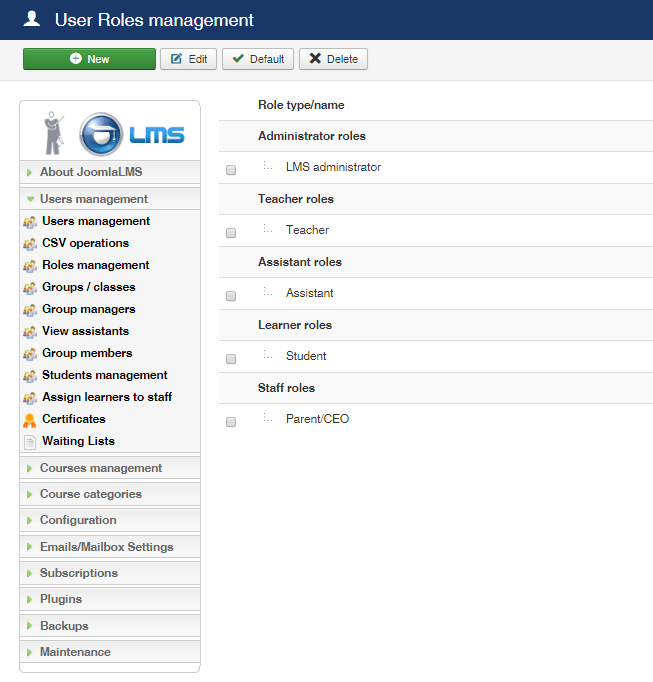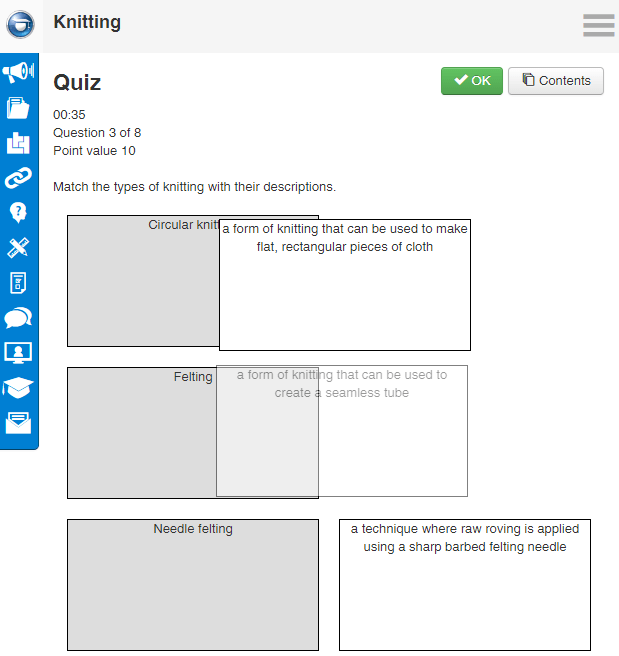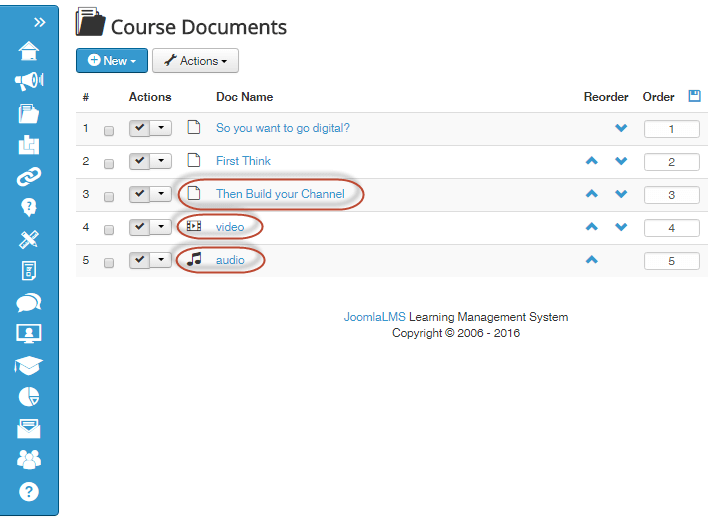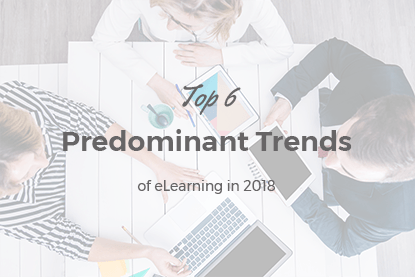The constantly changing environment forces employers to search for sharp, savvy and quick-witted employees with the ability to learn new things quickly and effectively. We have recently highlighted Rapid eLearning technique aimed at saving eLearning developer’s time. Today we decided to take a look at eLearning course development from students’ side and to recommend some techniques you can use to ensure quick learning.
The article was last updated on August 19th 2016.
The constantly changing environment forces employers to search for sharp, savvy and quick-witted employees with the ability to learn new things quickly and effectively. We have recently highlighted Rapid eLearning technique aimed at saving eLearning developer’s time. Today we decided to take a look at eLearning course development from students’ side and to recommend some techniques you can use to ensure quick learning.
Positive attitudeTo help your students become quick learners first of all you need to ensure positive approach towards the studied subject. Lack of desire to learn is the main obstacle on the way to success. How can you do it? Explain the learning benefits: what the student will get once the course is completed, mention the schedule and policy flexibility; highlight teachers’ professional skills, inform about awards, bring testimonials. The aim is to persuade students that taking the course is the right decision.

Human brain is organized in such a way that the facts are better memorized if they are constantly revised and applied. To revive students’ memory eCourse developer needs to connect new knowledge with the previous one and explain the relevance. Once students learn the fundamentals and immutable rules that can be applied to any eCourse they will build their own learning model and will learn faster. Once you are using Learning Management System (LMS) you should create interactive quizzes, games and practical assignments to test the gained knowledge; link back to other points; mention revision materials students can appeal to when doing new exercises etc.

A good way to learn is to teach! Teaching others is a powerful learning technique you can use in your eLearning strategy by encouraging social collaboration, forum and chat discussions and students’ blogging with comments and feedback. By communicating with each other students pass their knowledge, tips and advice related to studying materials; correct one another, evaluate ideas and monitor progress. Explaining material to others converts theoretical knowledge into practical and conceptual which in its turn speeds up the learning process.
Course design- Courses length and information perception are interconnected: shorter courses are better mastered.
- Diversify the course with visual elements. The fact that visual information is processed by our brain 60 000 times faster than ordinary text leads to an all-round usage of visual content in eLearning design. Animation, photos, images, infographics, videos and other types of visual content can be widely used to create appealing and engaging eLearning courses.
- Don’t overload. The more – the better principle doesn’t apply here.
- Place information wisely. Human brain is built in such a way that we start reading from the left upper corner, scrolling our eyes down. That is why the most important course information should be placed in upper left corner of the page and be visible without scrolling and what is more important without horizontal scrolling as well. Moreover, according to research, the information that is located in the beginning and the end of the course is memorized better and this fact needs to be taken into consideration while designing eCourses inside LMS.
- Stick to the chosen menu style and course design to simplify course navigation.
Bring different sources where your students can draw information and get different explanations of the subject: books, blogs, published papers, researches and university websites.

Above mentioned techniques are a good means of fostering quick learners. However, even if you apply every advice there still can be students whose learning speed is different from others. There is no need to urge them on. The main eLearning benefit is flexibility and you should give it to them!
Teach with the best possible outcome with JoomLMS!
What to read next?
Learning Snacks or 4 Keys to Engage Today’s Learner
How to Apply a Student-Centered Approach to the ELearning Environment [Interview]
The Insider’s Guide to Student-Centered Approach – Interview with Sam Gliksman








